What Tesla’s multibillion-dollar Gigafactory expansion means for Nevada
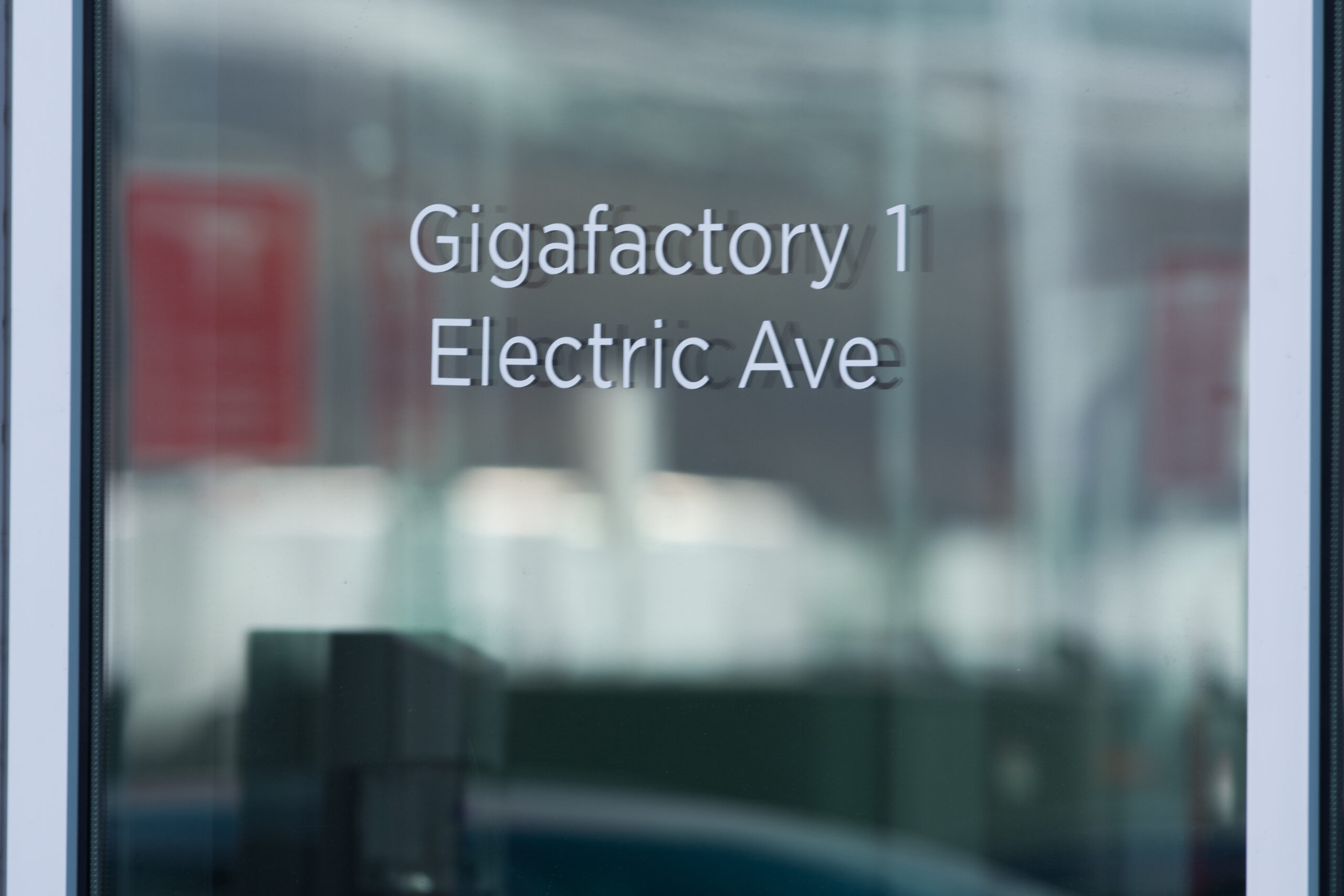
At the heart of the country’s largest industrial park, in the midst of the high desert just 20 miles east of Reno, sits the Nevada Gigafactory — a 5.4-million-square-foot facility where thousands of Tesla employees have produced millions of electric vehicle batteries over the past decade.
Since construction of the Gigafactory began in 2014 after a landmark $1 billion tax incentive deal approved by lawmakers in a special session, Tesla and the ever-growing Tahoe-Reno Industrial Center have significantly altered the Northern Nevada region. Unemployment has plummeted. Housing prices have surged. Storey County, once a desolate former mining community, is now a technology hub. State leaders envision the area as key to the country’s energy future.
But as Tesla prepares to make another multibillion-dollar investment and expand the Gigafactory — a move likely to land the world’s largest electric car manufacturer another round of major tax breaks — state officials have unanswered questions on what the new development means for the Northern Nevada economy, local infrastructure and housing.
One potential wrench in the plans for Storey County, already grappling with significant capital improvement needs: a rumored proposal to divert tax dollars from Tesla to nearby, better-populated local governments, such as Washoe County. Those other jurisdictions, including the cities of Reno and Sparks, are shouldering the burden of providing services to the Tesla workers and their families who live within their boundaries.
Officials with Storey County and the industrial park referenced that concept in interviews with The Nevada Independent this week, panning the idea as inappropriate, but declining to identify the source of the idea.
“Little Storey County has been putting in all the hard work for 10 years. All the cash, billions and billions of dollars of cash, have been going into the Washoe County community, so it's just not right to come in — on top of all the money that's already flowing into the surrounding communities — to come in and take a piece of the Tesla tax revenue,” said Kris Thompson, project manager for the Tahoe-Reno Industrial Center.
Sen. Dina Neal (D-North Las Vegas), a vocal critic of tax abatements for Tesla, said she had heard about the proposal to shift tax dollars but had not seen any specific bill language regarding the idea.
“I'm opposed to taking revenue from Storey County that they may need,” she said.
Before such a change might come up for discussion, the next step forward is a Governor’s Office of Economic Development (GOED) board meeting Thursday, which will see Gov. Joe Lombardo, a proponent of the Tesla expansion, and eight other board members vote on approval of a more than $400 million tax incentive package, including $330 million in abatements, for Tesla over the next 20 years.
Update: 3/2/23 at 1 p.m. - The GOED board voted Thursday to approve the $330 million tax abatement package, pushing forward Tesla’s plans to expand its Nevada Gigafactory. Read about the approval and board meeting here.
As Storey grows as industrial hub, county aims to emerge from ‘19th century’
On a typical work day, as many as 30,000 people flow into the Tahoe-Reno Industrial Center, going to work at the 107,000-acre park that encompasses more than half of the land in Storey County, home to fewer than 5,000 residents.
“We are basically right now a tech city. We’ve got about 30,000 people in the park between 9 and 5,” Thompson said. “That makes us the fourth largest metro area [in the state] during the business day.”
But just 25 years ago, the park didn’t exist. Storey County’s population peaked at around 16,000 in 1880 in the height of the Comstock Lode bonanza near Virginia City — making it the state’s most populous county at the time of statehood— but the county population collapsed after the mining boom subsided, hitting a minimum of less than 600 permanent residents in the 1960 Census.
But in the mid ‘90s, county officials and developers envisioned turning a wide swath of empty desert into a future massive industrial park adjacent to Interstate 80 and a railroad, but away from the county’s population centers near Virginia City. After county officials laid the groundwork, they struck a public-private partnership with real estate developers Roger Norman and Lance Gilman in 1999 to establish the park and special zoning rules that allow for nearly all industrial uses for the park to be preapproved.
Since then, more than 140 companies, including Google, Walmart and Switch, have opened facilities at the Tahoe-Reno Industrial Center.
Storey County Manager Austin Osborne said a benefit of doing business in the county is “speed to vertical,” meaning the county is able to quickly complete permitting and inspections, allowing businesses to quickly start construction on new developments within the park.
No company has made a larger investment there than Tesla. Since the company received approval for the Gigafactory in 2014 — along with a tax incentive package totaling more than $1 billion — Tesla has made a capital investment of $6.2 billion in Northern Nevada, contributing to billions of dollars in economic output from the industrial park over the past decade.
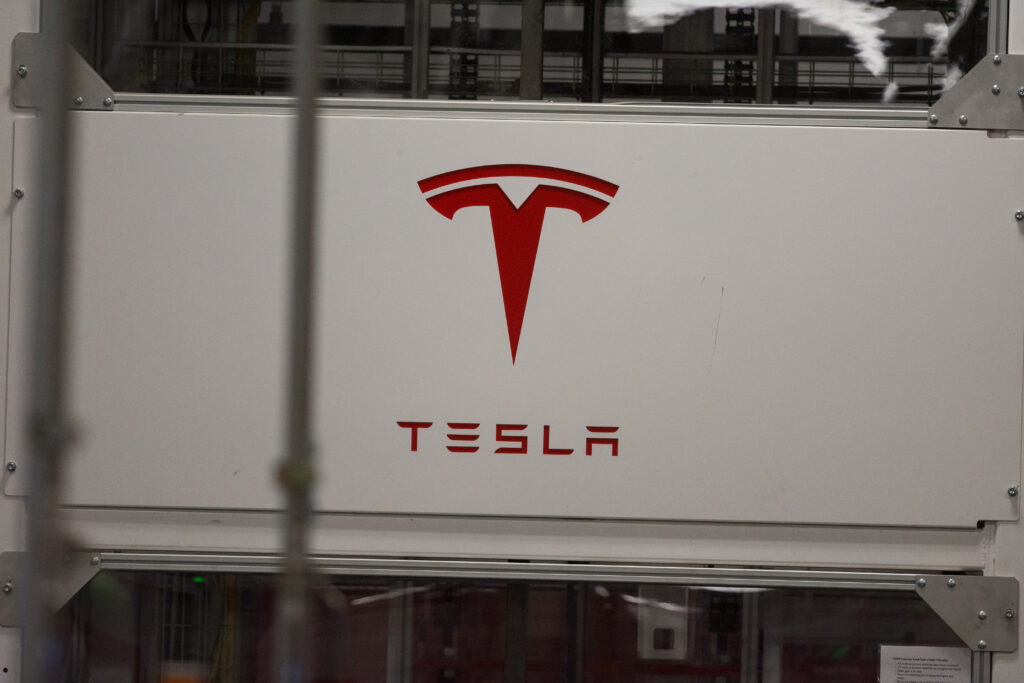
But Storey County has seen little monetary benefit. With the suite of tax abatements running for 10 to 20 years, Tesla will not begin paying property taxes to Storey County until next year.
“We know that 10 years from [2014], there's going to be a return, and that that return is going to enable the county to be able to invest in itself, in its infrastructure, in its people, in its needs, that has been needed for 100 years, that we have been unable to do,” Osborne said.
Though Storey County has yet to benefit from Tesla tax revenue, which Osborne estimates will bring the county $10-15 million annually (about the same amount as the county receives from all other property taxes) after the first round of abatements expire, the broader region has seen massive amounts of economic output tied to Tesla.
The construction and operations helmed by the company generated $5.7 billion in salaries and wages from 2015 through 2022, according to an economic impact report prepared by Applied Analysis.
Thompson said that economic output is going primarily to Washoe County, because most Nevadans who work at the industrial park live there, rather than Storey County. Those workers are spending their paychecks, paying for housing, for groceries, for gasoline, all in Washoe County, he said.
With 150-year-old county buildings and aging infrastructure — including a water system built in the 1850s still used to service Virginia City — the lack of tax revenue from Tesla means Storey County is waiting on the expiration of abatements to act on its capital needs.
“The money that they're going to bring in is all going to be spent on bringing up the county out of the 19th century and bringing it current,” Thompson said.
Osborne explained that those revenues are crucial to fixing county administrative buildings, noting the county is unable to hold jury trials because it lacks adequate facilities.
The county also relies on those revenues to pay off its debts. Under an agreement with the industrial park, Storey County must pay the park developers a certain percentage of revenue earned from the park, because the park developers paid upfront for the construction of roads and other public infrastructure.
“We have a development agreement that says we actually have to buy it. We have to pay that back over 50 years. There's $48 million that Storey County is responsible for in paying back,” Osborne said.
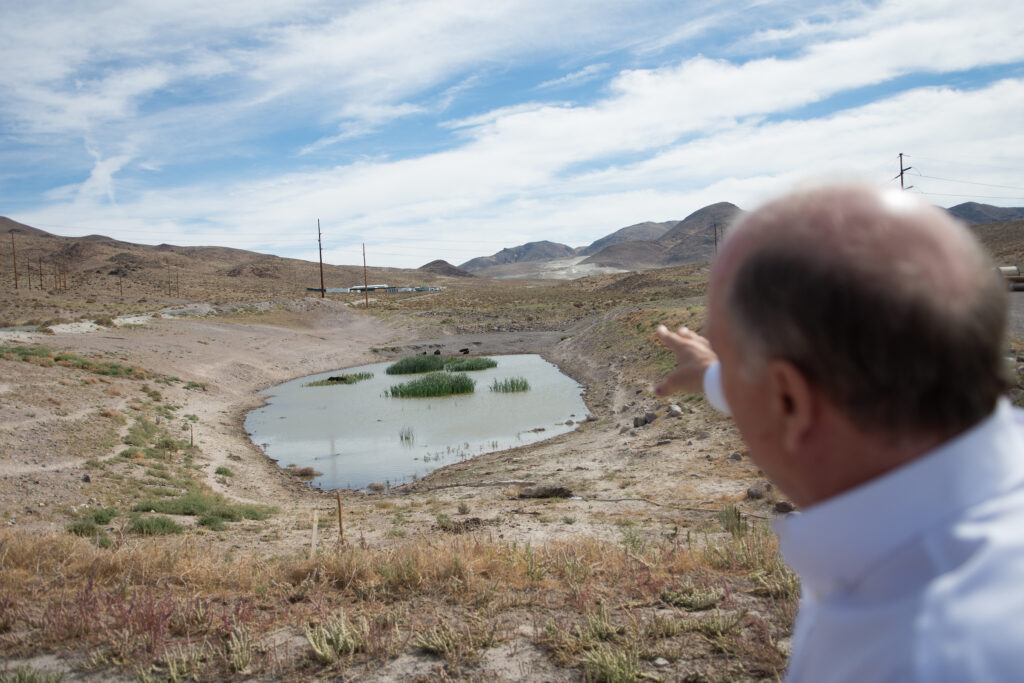
Diverting Tesla revenues to other local governments
County officials fear that a proposal circulating to divert tax revenues from Tesla away from Storey County to other local governments would limit the county’s ability to pay off those debts and address its urgent needs.
“We don't know for sure whether that's going to happen, but yes, we are concerned,” Osborne said about the idea. “We approved everything in 2014 knowing that in 10 years, there is going to be an investment back to the county for us to do things that are needed.”
Such a proposal would need to pass through the Legislature. Neal opposes it, and as chair of the Senate Committee on Revenue and Economic Development, she has the power to shut down discussions of such a bill. But Senate Minority Leader Heidi Seevers Gansert (R-Reno) signaled an openness to discussing the idea.
“I think we always have to look at who has been impacted … so that's something that I think will probably be reviewed during the session,” she said. “We need to look at the needs of Storey County and then what counties have been impacted by the expansion of the industrial park.”
When asked for comment on the proposal, Ben Kieckhefer, Lombardo’s chief of staff, said in a statement that “as Gov. Lombardo outlined in his State of the State address, projects that have regional impact need to be broadly evaluated.”
“Furthermore, how the state views the return on investment from economic development incentives should be looked at holistically,” he said.
Bob Lucey, the state’s infrastructure coordinator and a former Washoe County commissioner, said during an interview on Nevada Newsmakers last month that Washoe County already benefits from those workers paying for goods and property taxes within the county, and Storey County has “dilapidated systems themselves that need to be addressed.”
“We can't shortchange them, looking to fill our own coffers based upon something that they put in and that they could potentially see benefit for their residents,” he said.
Similar ideas have also surfaced in the past. In 2017, Sen. Skip Daly (D-Sparks), then an assemblyman, introduced a bill that would have allowed counties with schools and services affected by the industrial park to charge impact fees to Storey County. The bill did not pass.
Concerns about large-scale tax abatements
At the heart of Tesla’s Nevada operations lies a massive tax incentive package. Since 2014, the company has not paid property taxes on the Gigafactory, nor has it paid taxes on the wages it has paid to employees. Those breaks are set to expire next year, but they came as part of a deal negotiated by state officials in 2014, and remain on the books.
As Tesla seeks to take advantage of the tax abatement package again — available for any business making a capital investment in the state of at least $3.5 billion over 10 years — Neal has pushed back against the deal.
“I don't think we need to give billionaires tax deals,” Neal said in an interview Wednesday. “Why are we giving those kinds of deals to the rich, and we don't give it to the regular business person? So I think we just need to … reexamine the power that we've delegated to the GOED board. We need to rethink — are abatements appropriate to give away to someone who can afford to do their own development?”
Neal added that she had concerns about the abatements because of the “negative impact of growth” associated with the industrial park, including rising housing costs.
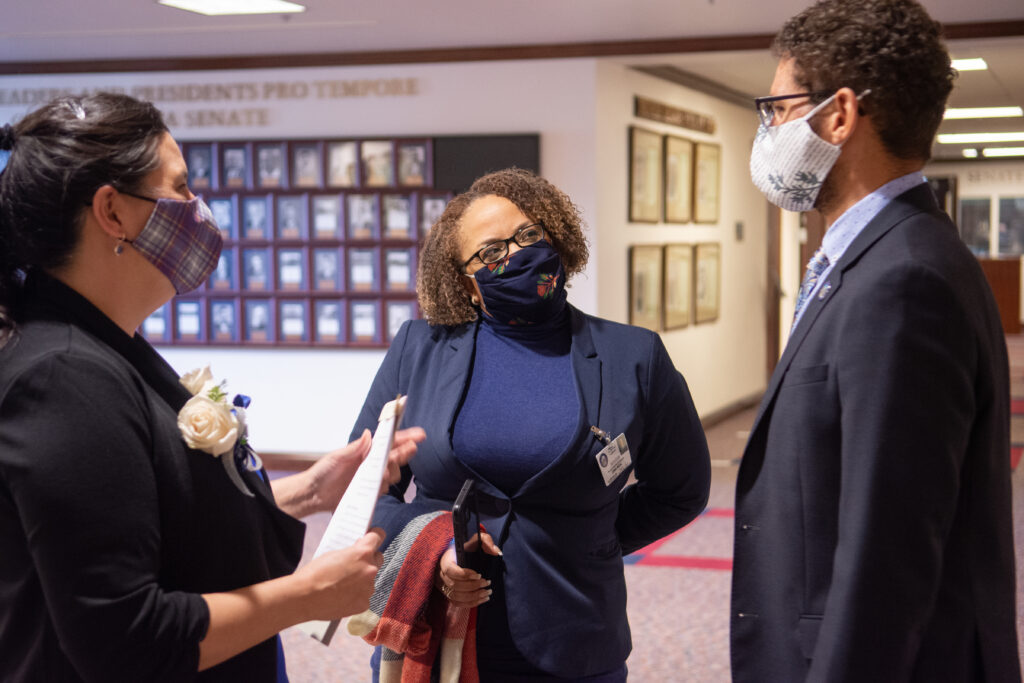
But proponents of the abatements — which serve as a reduction in the tax rate companies pay, rather than funding granted directly to a company, and are typically used as incentives for economic development — have highlighted the major economic output and return on investment from the abatements granted to Tesla in 2014.
Though the company was granted more than $1 billion in tax incentives, and could be granted more than $400 million more, the company’s Gigafactory has contributed to more than $20 billion in economic output in Nevada since 2014, according to the economic impact report prepared by Applied Analysis. That output includes direct spending by Tesla, secondary impacts from businesses, such as suppliers, working with the Gigafactory and local spending by employees.
“Considering the billions of cash that they put into the regional economy, abatements have proven themselves over and over and over,” Thompson said. “We can count ourselves lucky that Tesla wants to [be] located here.”
To address concerns about growth, Neal said she would like to see the Legislature have the power over future abatement deals. Under existing law, the GOED board is empowered to approve tax abatement or incentive applications by new or expanding businesses, but the scope or size of the abatements or incentives can be changed by state lawmakers.
In the meantime, the GOED board is set to move forward with a vote of approval on the tax abatements for Tesla — despite Neal’s calls to delay the vote by one month to allow more time for public consideration.
Though Gansert expressed support for the Tesla deal — pointing to a large return on investment for the state relative to the abatements granted to the company in 2014 — she also expressed openness to giving the Legislature a greater say in the abatement process.
“If we want to look towards changing them for future projects, I think everybody would be open to that,” she said.
Addressing the housing crunch
With Tesla preparing to launch construction on the Gigafactory expansion in May, local officials will next have to work on addressing the impacts of another major economic expansion.
The initial investment from Tesla has transformed the region. The unemployment rate in the Reno-Sparks area has plummeted since 2014, as manufacturing jobs through Tesla and other technology companies have grown significantly, and unemployment has remained lower than in Las Vegas, where gaming and hospitality jobs still fuel the economy.
Reno residents have also been squeezed by rising home prices. Median home prices in the area have climbed from less than $300,000 in 2014 to as high as $600,000 in 2022. The region has also experienced serious traffic issues on the roads in and out of the industrial park with thousands of workers commuting to the area each week.
This time around, though, Tesla and state officials are planning for the expansion with housing in mind. In Tesla’s abatement application, the company stated it “is committed to working with leading local developers on agreements to accelerate hundreds of incremental workforce housing units across the northern Nevada region.”
That would align with a proposal from the treasurer’s office and supported by the governor’s office to help fund the development of “workforce housing” using the state’s Infrastructure Bank. Funds from the bank could be “be prioritized for those where outside partners are making investments within the State of Nevada in excess of $1 billion,” under that proposal. That threshold would cover companies such as Tesla and Redwood Materials, a lithium battery recycling company that was approved for more than $100 million in abatements by the GOED board in December.
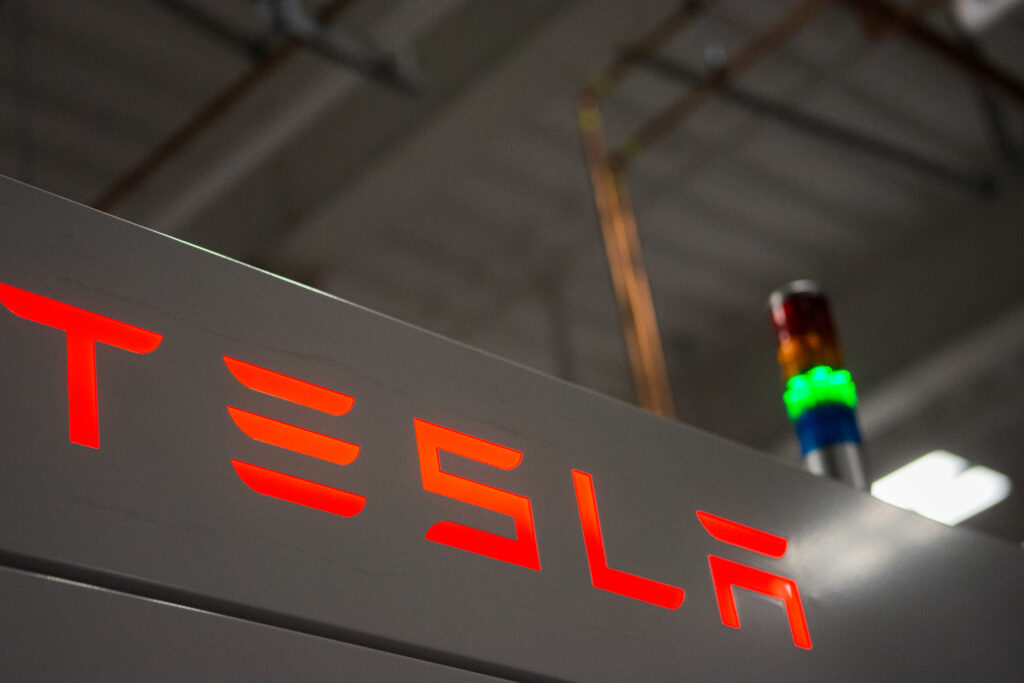
Any plans to build more housing in the region or address infrastructure needs will have to keep pace with a growing workforce at the Tahoe-Reno Industrial Center.
Tesla plans to add 3,000 more employees through the two new facilities it is building at the Gigafactory — including a battery cell factory and the company’s first high-volume semi-truck factory.
Redwood is also growing its presence through a $1.1 billion expansion, and the development of new facilities means more construction workers traveling to the park.
“With the [Tesla] truck plant and Redwood … I think we're heading for 35-38,000 workers, so we're closing in on Carson City in terms of population between 9 and 5,” Thompson said.
But any plans to address infrastructure may happen more slowly. Gansert referenced a proposal from the Nevada Department of Transportation to widen I-80 heading east into Storey County as a means of addressing traffic congestion.
“I think we always have to look at the infrastructure and make sure we can keep up with what the demand is,” Gansert said. “But those are also slow processes. Whenever you have to go and look at easements and you've got federal dollars, and investments that are required to do that take some time.”
Nevada as the ‘lithium capital’ of America
Under the state’s new five-year strategic plan for economic development, released by GOED last month, officials laid out plans for Nevada to be the “lithium capital of North America.”
Tesla is a critical building block in that plan as a major electric vehicle producer, and their large presence in Northern Nevada has helped attract more companies to the industrial park. With another major investment set to move forward, the company will turn the Gigafactory into one of the world’s largest manufacturing plants.
Even as questions remain about the impacts of the expansion, county officials have expressed optimism about the partnership with Tesla.
“I remember a day where you graduated from high school, and you really have three places you can go. You can go to UNR or you can go to work in the casinos or you’ve got construction. That’s it,” Osborne said. “You look at the investment that Tesla's come in and these other companies … [Students] can stay and go to a tech school or go get training to do these advanced manufacturing and technology types of jobs … and then they can stay in Nevada for the rest of their lives, and they can raise their families to stay in Nevada.”
